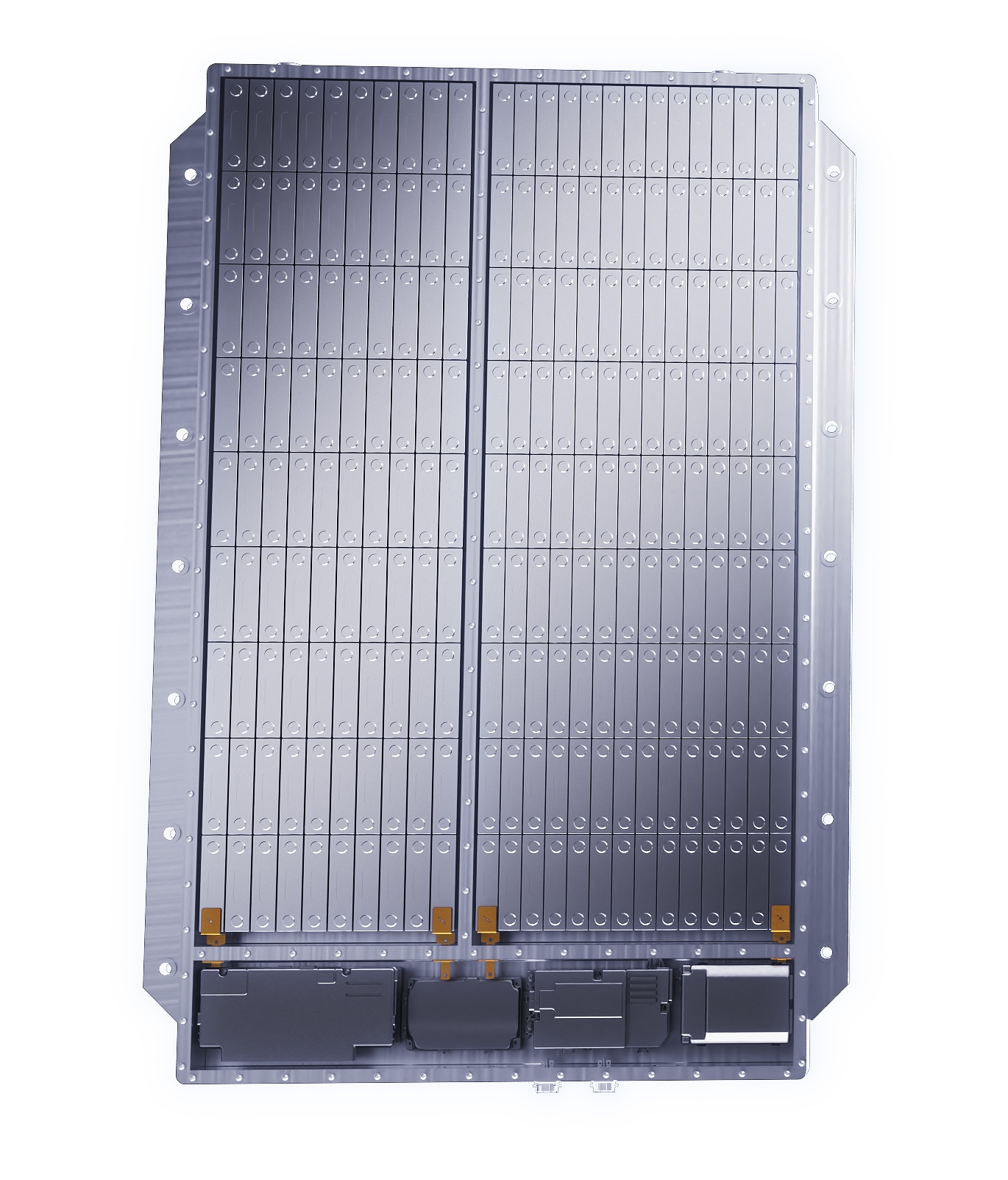During this summer, 30 pre-production units of the Mégane E-Tech Electric will be driven by Renault engineers for final testing before mass production begins.
Revealed during Renault eWays: The Challenge towards Zero Emissions, Mégane eVision showcar announced Renault’s first step on C-segment electric vehicles ; enhancing a comprehensive lineup of fully electric passenger cars: with the A-segment Twingo E-Tech Electric, and the B-segment bestseller ZOE.
Based on the CMF-EV platform, the all-new Mégane E-Tech Electric features a 160kW (217hp) e-motor and a 60kWh battery pack enabling up to 450km WLTP. Also called MéganE (pronounced “Mégane e”), the car starts to reveal its final silhouette as a fleet of 30 pre-production cars will be driven on open roads this summer by our engineers.
Made in the Douai factory, all the pre-production cars will be covered with a taylor-made pattern from Renault Design. Consisting in a play of lines and patterns from our new and iconic logo, this design creates a dazzle-like camouflage.
This is one of the most awaited electric cars in Europe and will share the new CMF-EV platform with the upcoming Nissan ARIYA.

The Renault Mégane E-Tech Electric with a WLTP range of 450 km from a 60 kWh battery suggests that it’ll have a consumption similar to the smaller ZOE. It seems that the higher weight is compensated by better aerodynamics and/or powertrain efficiency.
Update
French media reports that in addition to the 60 kWh battery, the Renault Mégane E-Tech Electric is also expected to come with 40 and 87 kWh battery options, for WLTP ranges around 300 and 600 km, respectively.
As it happens with the Nissan ARIYA, the 22 kW on-board charger is expected to only be standard in the highest trim-level, while the more affordable versions are expected to come with 7 kW on-board chargers as standard. Not sure if the 22 kW on-charger will be available as optional in the entry-level trims - I hope it will.
Anyway, it seems that with the new platform Renault will finally abandon its Chameleon charger. Renault’s Chameleon charger is simple, cheap and powerful, since it uses the electric powertrain as the charger, making use of the existing electric motor and inverter - similar to what happens with regenerative braking.
The good news is that with a common on-board charger the new powertrain will be more reliable and efficient. The not so good news is that a simple - but often unreliable - 22 kW on-board charger will no longer come as standard in Renault’s electric cars.
Finally, with the Mégane E-Tech Electric, Renault is expected to debut the new NCMA battery cells from LG Energy Solution (LG Chem’s battery business).

More info:
https://www.renaultgroup.com/wp-content/uploads/2020/10/2020-10-16-cmf-ev-e-tech-presentation.pdf








































